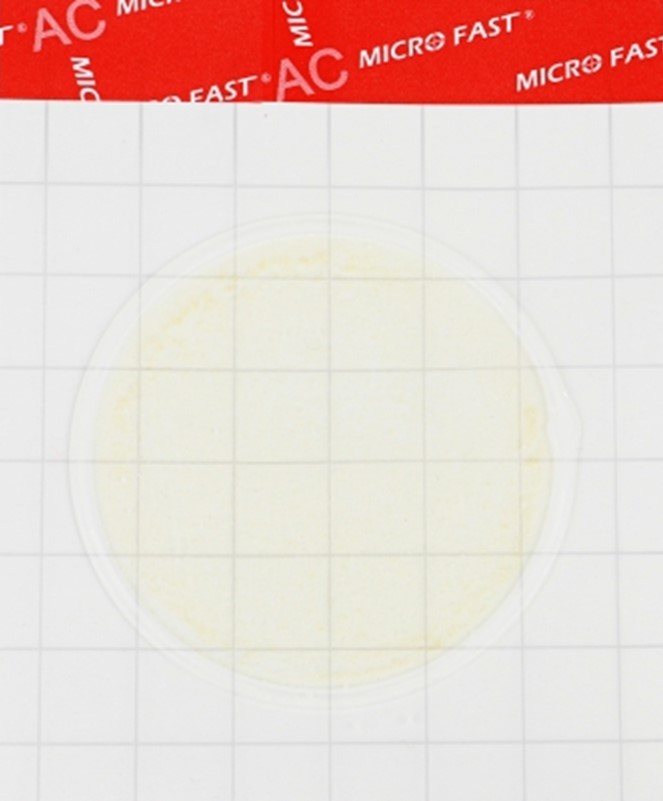Antibiotics in sprat: facts and myths

Photo is illustrative in nature. From open sources.
Sprat is a popular canned fish that is often included in many people's diets due to its affordable price range and good taste. However, in recent years, discussions and debates have arisen about whether sprat contains antibiotics and how this may affect the Health of consumers. Let's look into this issue.
Facts about sprat:
1. Source of Protein and Fatty Acids: Sprat is a good source of protein, healthy fatty acids, vitamins and minerals. IT may be useful for a healthy diet.
2. Preservation processing: Various methods are used to preserve sprat, such as heat treatment, adding oil or sauce. These methods help keep the product fresh and safe to eat.
3. Quality control: Sprat producers are required to comply with quality and food safety standards. Quality control is carried out at all stages of production.
Myths about sprat:
1. Antibiotic content: It is believed that some producers may use antibiotics when growing fish, which are then used to prepare sprat. However, most manufacturers strictly adhere to laws and regulations prohibiting the use of antibiotics .
2. Health Harm: If antibiotics were actually contained in sprat, it could negatively affect the health of consumers, causing allergies or digestive problems. However, cases of such effects from sprat have practically not been recorded.
Conclusion:
Although there are concerns about antibiotic content in canned fish, including sprat, most producers are committed to ensuring the safety and quality of their products. Consumers can be confident that by choosing the right product from a trusted manufacturer, they will receive a healthy and safe product for their health.
Thus, sprat remains a popular and healthy product that can be included in your diet with confidence in its quality and safety.
Read together with it:
- В Минздраве рассказали, как менялось отношение к антибиотикам в пандемиюПо мере обновления данных о лечении COVID-19 изменялся порядок назначения антибиотиков, сообщил РБК главный внештатный специалист Минздрава России по инфекционным болезням Владимир Чуланов. Он рассказал, что с января 2020-го по октябрь 2023 года ведомство выпустило 18 версий рекомендаций по лечению....
- ВОЗ объяснила риски приема антибиотиков «на всякий случай»Антибиотики не спасают от вирусов, но их принимали три из четырех заболевших COVID-19, хотя нужны они были только в 8% случаев, подсчитали в ВОЗ. Бесконтрольный прием снижает эффективность антибиотиков и грозит «суперинфекцией» При лечении COVID-19 больные по всему миру злоупотребляли антибиотиками:...
- В России выросло производство ветеринарных препаратовВ ведомстве спрогнозировали дальнейшее кратное наращивание производственных мощностей по выпуску ветеринарных препаратов. В то же время структура ассортимента, как уточнили в Минсельхозе, в среднесрочной перспективе должна будет сохраниться. На этом фоне в ведомстве заявили, что отечественные произв...
- An outbreak of parainfluenza-3 in cows has been identified in KareliaBovine parainfluenza is a serious viral disease that can cause significant economic damage to agricultural enterprises. Recently, a focus of parainfluenza-3 was identified in Karelia, in the Pryazhinsky national municipal district. The state budgetary institution of Karelia, the Republican Veterinar...
- How a Belarusian metallurgical plant became the steel backbone of the countryTopic news The Belarusian Metallurgical Plant is called the steel core of the country. And it’s not just that millions of tons of this malleable and corrosion-resistant material are melted here. In the era of sanctions, BMZ proved: difficult times do not break steel - they harden IT. We are talking ...
- Европейская комиссия намерена ужесточить законодательные требования к перевозке животныхЕвропейская комиссия намерена ужесточить законодательные требования к перевозке животных в Европейском союзе, чтобы обеспечить более высокий уровень благополучия для животных. В конце 2023 года был опубликован проект имплементационного регламента ЕС, в котором предлагается ряд изменений. Одно из гла...
- The court ordered to reduce the noise level at the Tokarevskaya Poultry FarmIn the Tambov region, a Court issued a decision obliging the Tokarev Poultry Farm to reduce the noise level emanating from its equipment. This case is just one of many where residents are faced with noise problems from industrial facilities located next to residential areas. Research conducted at th...





























































